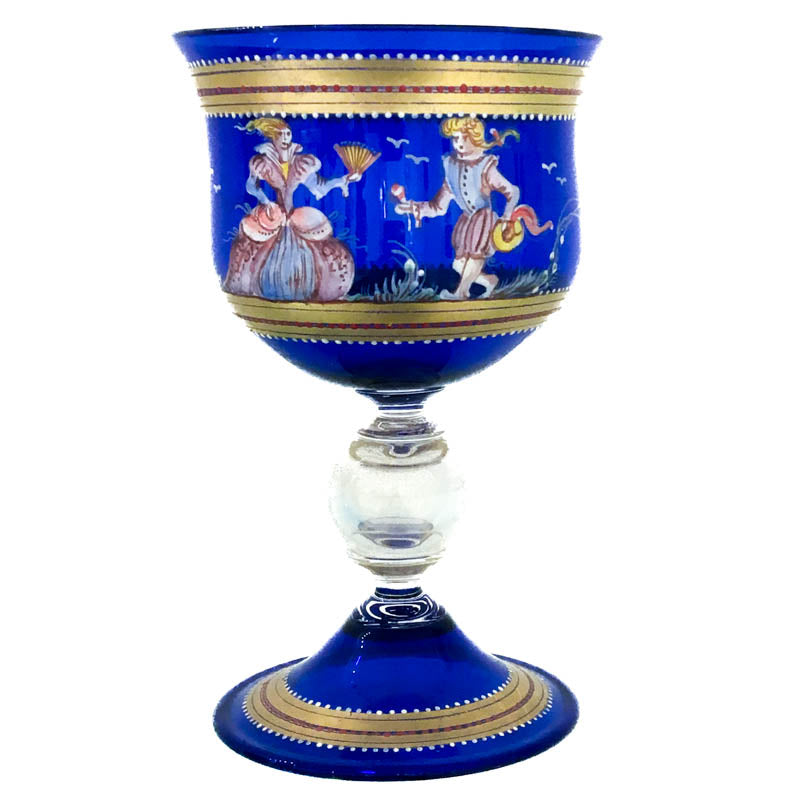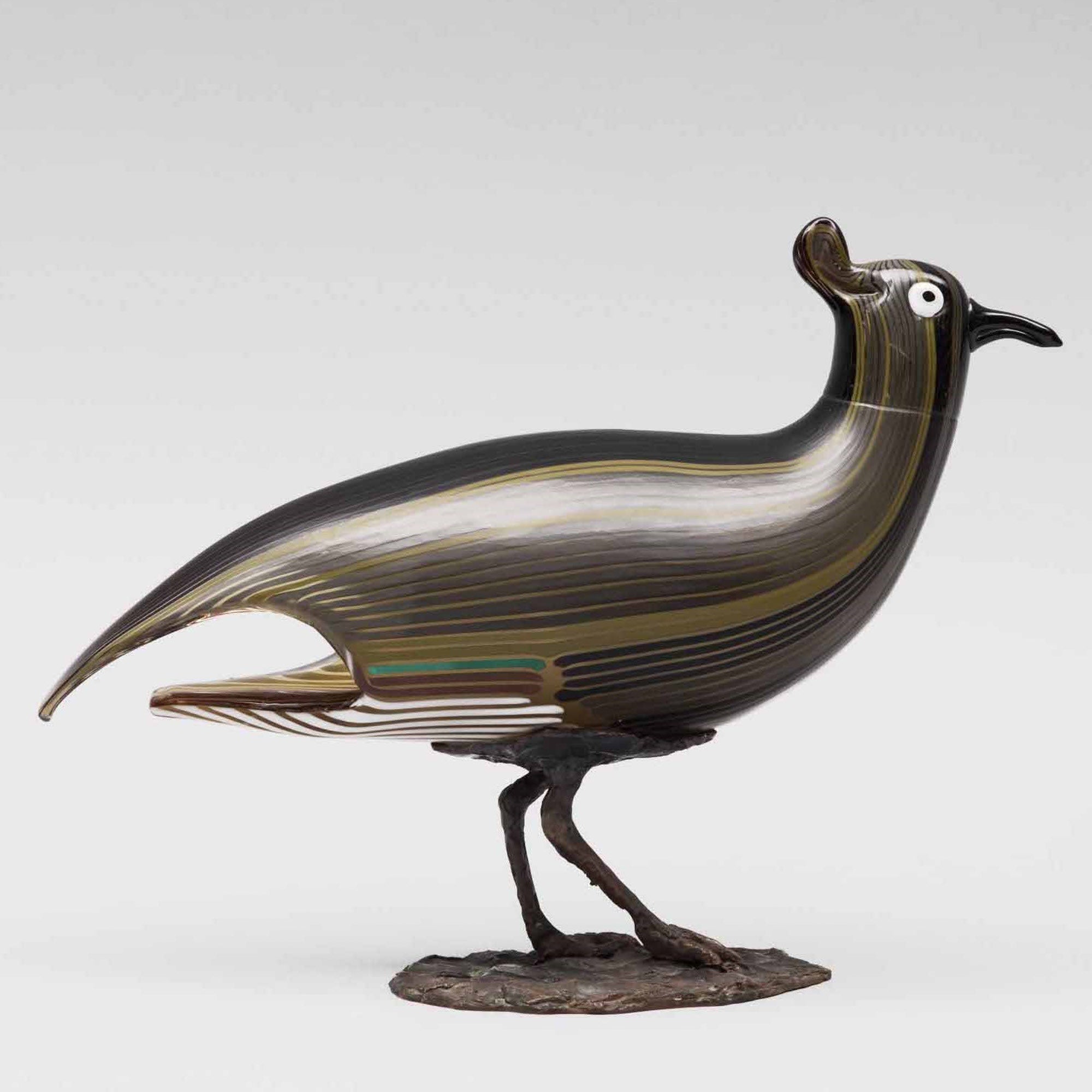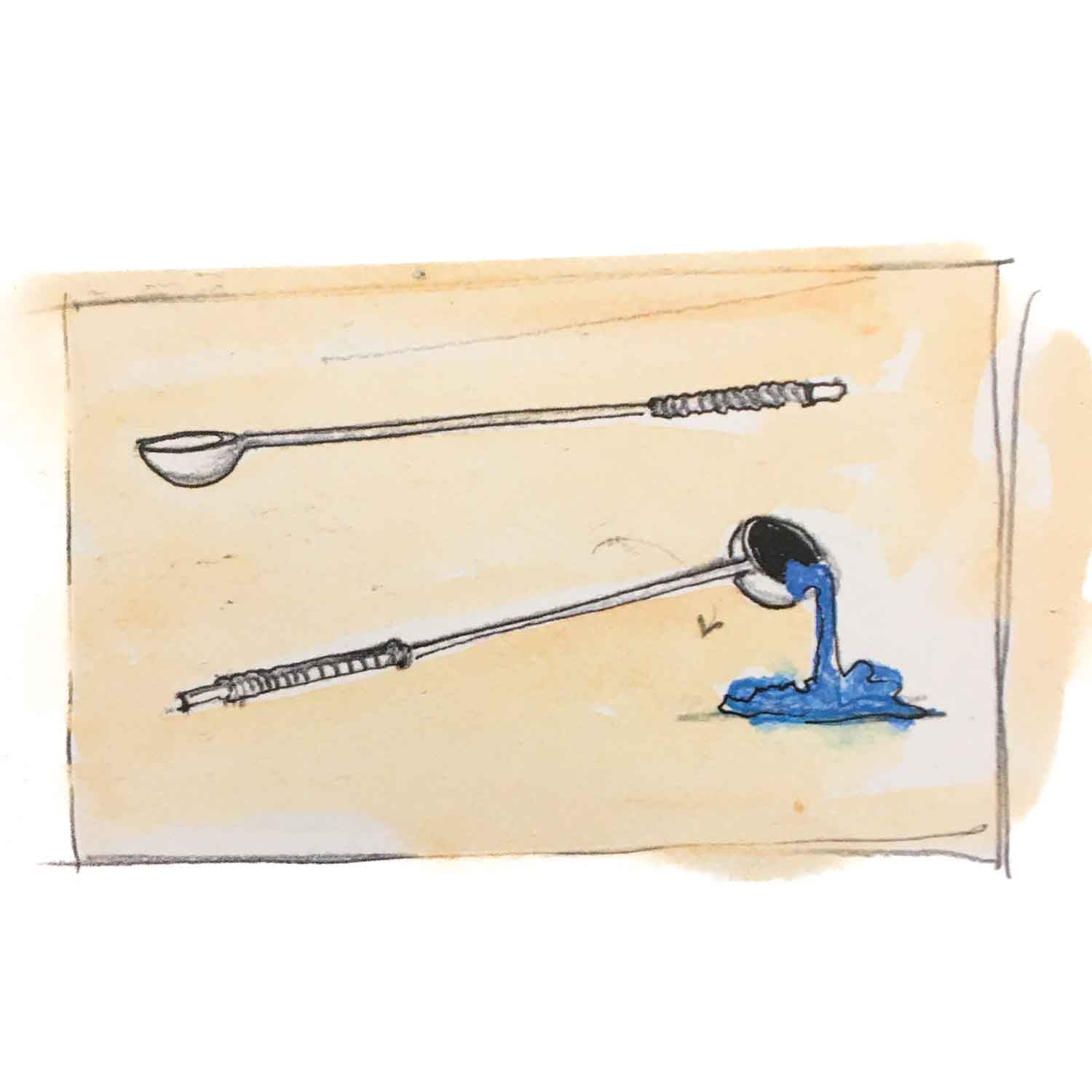Not everybody knows that Murano is just a place. Murano is the island lying few hundred meters away from Venice, where all of the furnaces producing glass were transferred in 1295 by decree of the Republic of Venice, to prevent fires in the city.
In the global era, even Murano - as many other symbols of excellence - has become a victim of counterfeiting : a rather conservative esteem shows that at least 60% of the products sold online and 50% of those sold in shops around the world are labelled as “Murano glass” but haven't been, unfortunately, made in Murano.
Since Murano is not a brand but an origin, it’s easy to understand the extreme difficulty that the administrative bodies have encountered in trying to protect the authentic Murano glass from counterfeiting and false certifications.
In Murano there are about 100 manufacturers - from many small independent artisans to companies with 10/50 employees - it’s easy to understand that to be located on the island is not a sufficient guarantee of quality. Most of these glassmakers create items of high quality, both in technique and design, but it is not so uncommon to find some others that produce rather simple souvenirs.
A designation of origin exists: Vetro Artistico® Murano . It's a trademark certifying that the glass products are made in the Murano island, established and regulated by law n. 70 on /12/23/94 Veneto Region and it grants that the product has been entirely created in Murano.
With this trademark the Regional government protects the consumers and preserves one of the oldest symbols of the "Made in Italy" , as it certifies that the products are manufactured following the ancient tradition of the Murano island . The sticker cannot be counterfeit which means that it cannot be removed – otherwise it would break - and it carries the identification code of the manufacturer.
But it’s not free and the smallest and less wealthy producers hesitate to join it; in fact the Consortium had to face the opposition of many Muranese glass masters and manufacturers. We are talking of important and well knonwn brands such as Venini, Barovier & Toso, Dino Rosin, that for different reasons have refused to join the Consortium.
They considered their brand value so strong to make another certificate useless.
In other rare - but important - cases, the manufacturer could not join the consortium because of a supply of semi-finished pieces coming from the Venice area and not exclusively from the Murano island.
Others - though less known - have considered too expensive to join the Consortium and preferred to invest their resources into production.
So, how is it possible to know if you’re buying original Murano glass ?
The first indicator is the price : if it’s too low compared to other resellers, then be careful and ask for an explanation.
However the better way to be sure is to ask the dealer a certificate stating the name of the manufacturer : then you will be able to check on the Internet if the artist exists and if the item you have purchased corresponds to his typical production. A list of Vetro Artistico® Murano certified companies can be found here here and the list of certified resellers here (by the way, we are number V07).
If you are buying from an online shop, choose specialized websites , ask for written warranties and the name of the manufacturer if not indicated. “Murano” alone doesn’t mean anything.
If there are no credentials on the seller or you have any suspicions, feel free to ask us or the Promovetro consortium ( www.muranoglass.com/en ) for an opinion.
We are always committed against counterfeiting of the name Murano and Murano glass, and will be always happy to give you a free advice.





Hinterlasse einen Kommentar
Alle Kommentare werden vor der Veröffentlichung geprüft.
Diese Website ist durch hCaptcha geschützt und es gelten die allgemeinen Geschäftsbedingungen und Datenschutzbestimmungen von hCaptcha.